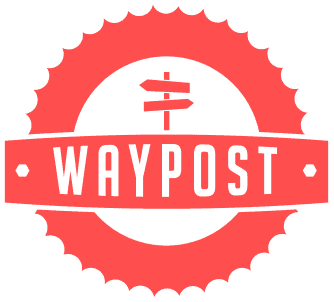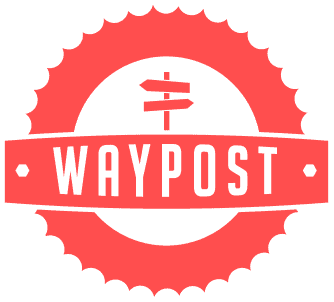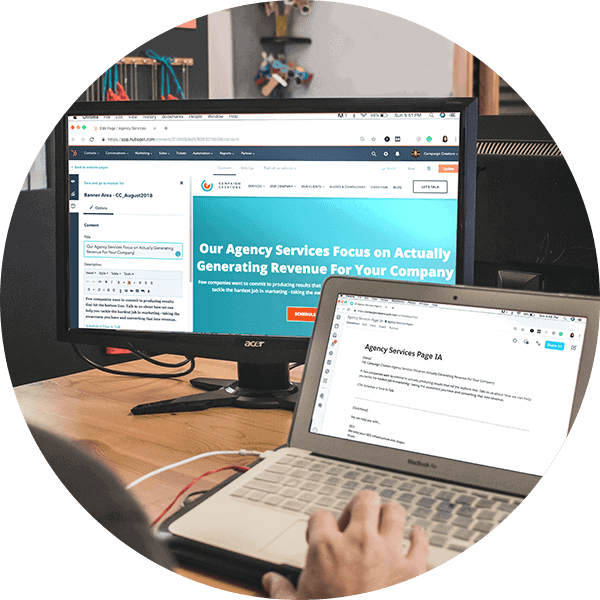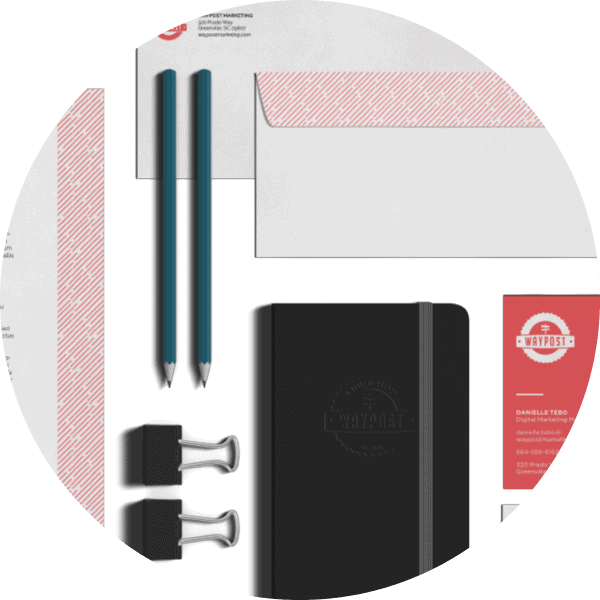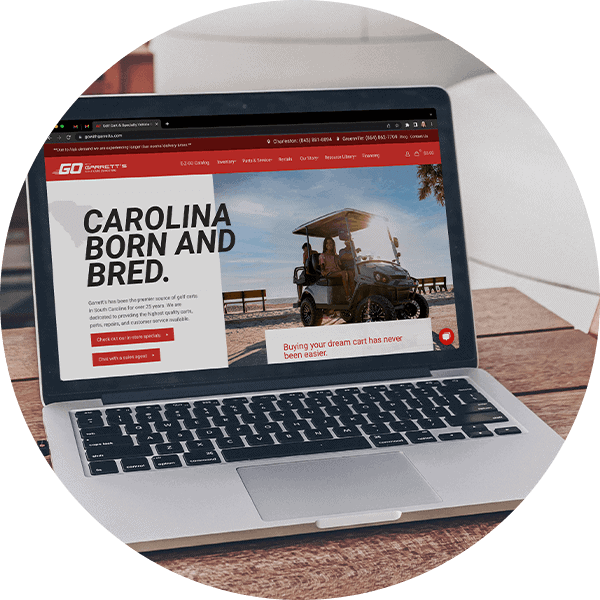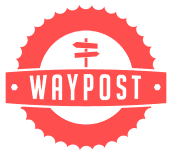
The Inbound Marketer’s Guide to Lead Generation, Nurture, and Management
September 22, 2017
You Can’t Dabble In Inbound Marketing
October 3, 2017
Whether you’re reading our content or having face-to-face meetings with us, you’ll hear us throw around the term “sales funnels” a lot. I’d like to take a minute to break this term down for you, in case it’s not something you’re familiar with already.
I look at websites all day every day, and one thing I run across fairly often when looking at small business sites built by local firms is that there is no discernible sales funnel.
Maybe this sounds nitpicky, like I’m looking for any little thing to criticize.
Sure, this is a subtle weakness. What many people don’t realize, though, is that the absence of a sales funnel can actually cripple your online presence and make your whole site a giant waste of money!
Even a great-looking site with the most modern functionality is severely handicapped without this important feature!
So what am I talking about? I am talking about your website’s ability to do its job.
Your Website’s Job Is To Generate Leads
A while back, I talked about this concept of a website’s job. This is the whole reason you have a site in the first place!
Have you thought about that? You don’t spend thousands or even tens of thousands of dollars on a website just because it’s the thing to do these days. Your website is your number one salesperson, the one who never gets sick, never has an off day, and can service all your prospects at once.
Now, unless you have an e-commerce site, it’s likely that your website won’t be able to actually close deals for you. Obviously, there are plenty of exceptions, but we find this to be the pattern more often than not; therefore, let’s assume that for your sales process, your website’s job is to take a cold lead and turn it into a warm lead for you.
That warm lead is then passed to your sales team, who closes the deal.
In order to warm that lead up for you, your website has to give a cold lead, i.e. a casual browser, the information they need to help them make a buying decision. You have to determine several things, the first of which is what qualifies as a warm lead.
What Is A Website Conversion?
When we talk about website conversions, we are describing actions that a user takes that indicates he/she is now a warm lead. Conversions are the simplest, most direct metric that we use to gauge the website’s success at doing its job.
Therefore, at its simplest definition, a website conversion is the point at which your cold lead officially becomes a warm lead.
So what does that look like for your website?
You determine this by asking yourself what you want your user to do once they’ve gotten all the information from your site that will help them to make a buying decision. What’s the decision, and what do they do next?
The next thing that you have to figure out is what information a cold lead needs in order to convert.
- What pain are they trying to solve?
- Why should they choose you to solve it versus your competitors?
- What questions are they asking?
All of these questions will help you figure out what you need to give your potential client in order to help them decide to reach out to you, ultimately becoming a warm lead.
It’s Time To Design Your Sales Funnel
Now you’ve determined what your conversion point is, and you know what you need to give your user to get them there. It’s time to put together your sales funnel.
The sales funnel is the map that gets them from the beginning of your site to your conversion point.
The sales funnel is the strategy of the whole site. Web developers are not marketers. Often, they’re simply focused on developing a “cool” site and the content is secondary—they just plug in text without truly designing the way the site is meant to be used.
The sales funnel is created by taking that big picture goal—aka the website’s job—and planning backwards. This is where you determine what needs to be on your home page in order to capture the user’s attention and convince them that you might have the answer they’re looking for. (Bonus tip: you have about 8 seconds in which to accomplish all of this!)
Next, you have to anticipate your user’s next question so you can determine where to send your user once they’re done with the current page. Are they ready to convert? Or do they have more questions? Understanding where your user is in the Buyer’s Journey will help you answer these questions, as will having well-written Buyer Personas.
The final piece of the sales funnel is your conversion point, which you established earlier in this process.
You may have multiple funnels.
A quick note here: it’s completely feasible that you will have multiple conversion points. This could be due to having various levels of “warmth” for your leads, which is pretty typical if your product or service is a considered purchase with a long buying process.
Additionally, if you have a number of different services, offers, or personas, it’s common to have several conversion points. This makes designing sales funnels a lot more fun.
What Do You Want The User To Do?
Here’s what makes Waypost stand out, even to my biased eyes: We always tell the user what to do next. This is the most important detail, and it is the easiest one to miss. If you don’t tell the user what to do, odds are good that they will simply leave your site.
They leave, and with them goes your potential sale… and it’s going straight to your competitor. This very small, very simple thing makes your site completely ineffective and wastes all the money you spent on it.
If you’re not seeing the leads come in from your website that you were hoping for, and you’re starting to think that’s a problem, give Waypost a call. We’ll be glad to take a look and pinpoint some places we think potential sales are falling out of the funnel.
We have experience helping companies generate more leads. Check out our brand new case study to see how we helped this company increase their lead generation by 25%!
